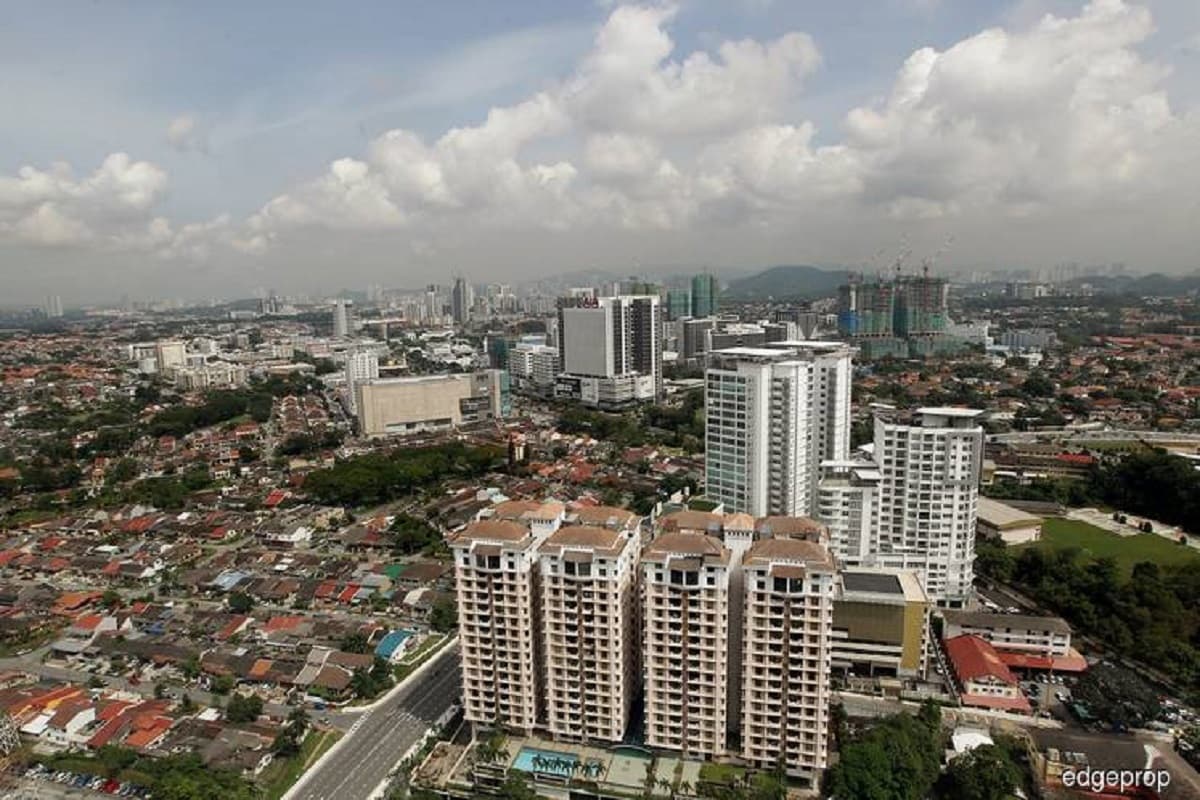
PETALING JAYA (Jan 21): Digitalisation, technology and environmental, social and governance (ESG) will be the main drivers and considerations in property trends this year, according to panellists at the Rehda Institute’s CEO Series 2022 Annual Property Developers Conference held on Jan 20.
The discussion titled “Learnings from the region: Future of Malaysian real estate landscape for 2022 and beyond” was moderated by Rehda Malaysia deputy president Datuk NK Tong. The panellists were Juwai IQI Holdings co-founder and non-executive chairman Georg Chmiel, Malaysia Shopping Malls Association president Tan Sri Teo Chiang Kok and Sime Darby Property Bhd group managing director Datuk Azmir Merican.
Azmir listed some key considerations and learnings by Sime Darby Property, with reference to its self-sustaining township, Subang Jaya. “Infrastructure, connectivity and lifestyle are key to the success of a well-planned, self-sustaining township. There has to be more emphasis on sustainability, especially for the new generation.”
“We have to be able to contextualise what homebuyers are looking for, with new trends and luxuries such as open green spaces and urban farming. The [demand] and appeal is ever-evolving... We still have many plans for Subang Jaya, such as our Subang Jaya City Centre (SJCC) which is still under construction, and other sites there. We are experimenting with other concepts such as microliving, manufactured homes and using them as experimental, exploration spaces into test ideas, for the community,” he said.
“For Sime Darby Property, our concept is simple; we have to contribute to the financial success of our stakeholders, but above all, we feel we can genuinely make an effort to do good; hence we have our sustainable goals and targets by 2030,” Azmir added.
Chmiel said: “In terms of trends, the most relevant one today is ESG, a term often used for aggregation of concepts, and investors are looking at ESG-related ratings. It boils down to liveability; it’s about features that make living easier and having the right technology and infrastructure. The features and ESG measures can improve the values and reduce costs.”
Chmiel listed the top three key things to look out for: “The first one is digitisation of processes; from the planning stages to the dismantling or repurposing of the management of properties. For example, in the automotive industry, manufacturers and how they deal with building-to-demand, and how the components are being used.”
“The second thing is the usage of technology to make the property more attractive and exclusive. The third thing is the destruction of the financial service. For both developed and remote areas and developments in Malaysia, digitalisation has been a useful way to create awareness,” he said.
In terms of adoption of ESG, Teo commented: “Back in the 1970s, in terms of the approval processes, things were simpler, but now there are more things to consider, more [bureaucracy] and takes longer. And this is driving the cost of the movement and product, the houses, the shops. There is definitely room for improvement.
“In terms of other shifts, designing houses [with more living/liveability] has become more important. A big portion of land has also become social spaces, with playgrounds, landscaping and plant trees, with considerations on other features such as water retention rates, preserving waterways. At our end, we have also been quite active with our ESG participation.”
Azmir said: “Looking ahead, logistics and industry seem to be popping up in favour, alongside e-commerce. We should always be observant of the ever-changing [demand] and demographic. Another key thing to look out for is urbanisation. Technology will not just be a disruptor but also will change the overall customer experience, and [revolutionise] how we sell our homes.”
Read also:
Financing for homebuyers key to promote homeownership, says Mah Sing CEO
Juwai IQI co-founder: How the pandemic has changed consumer behaviour
Hybrid work here to stay, says Savills Hong Kong's Smith
Confidence an impetus to attract FDIs, says Rehda Institute
Regional logistics most sought-after sector with enquiries up by 70%, says CBRE APAC